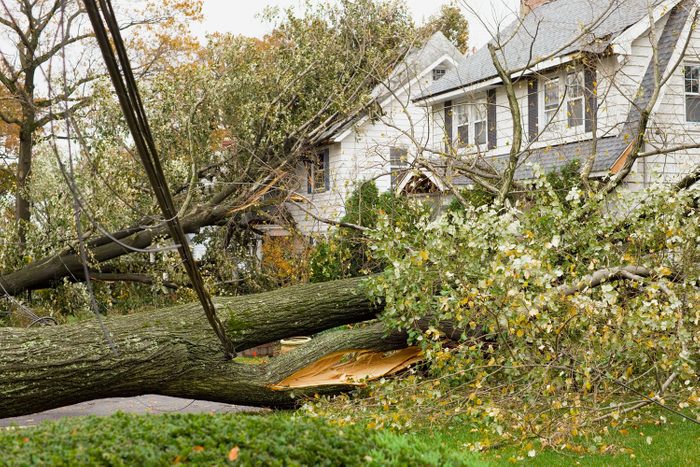Keep yourself, your loved ones and your property secure with these guidelines.
How To Keep Your Family and Your Home Safe During High Winds
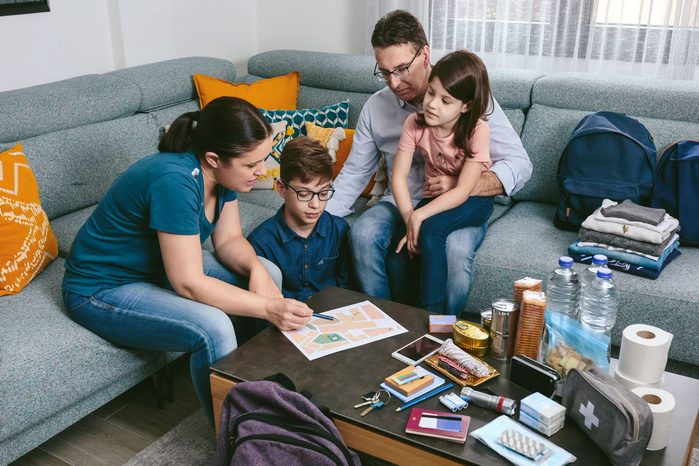
Make a Plan
First things first, discuss where you will meet with your family or loved ones. Identify a safe interior gathering place, far from windows and close to the ground. Excellent safe rooms include a sturdy basement or a well-surrounded interior bathroom. If you live in a mobile home, identify an in-ground building in which you could shelter.
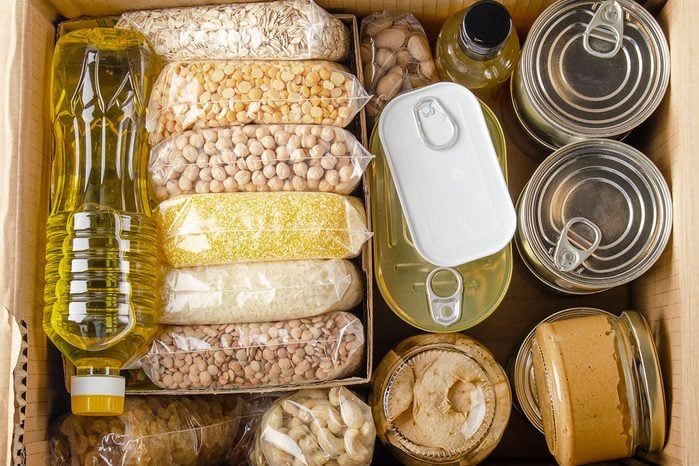
Stock Your Safe Space
Now that you have determined a safe gathering place, it’s time to supply it with everything you might need in an emergency. Be sure to store enough food and water there for each person for three days, as well as a first aid kit, extra cell phones, battery blocks and radios. You may also want to store saws there, if possible, which can be used to clear debris in an emergency.
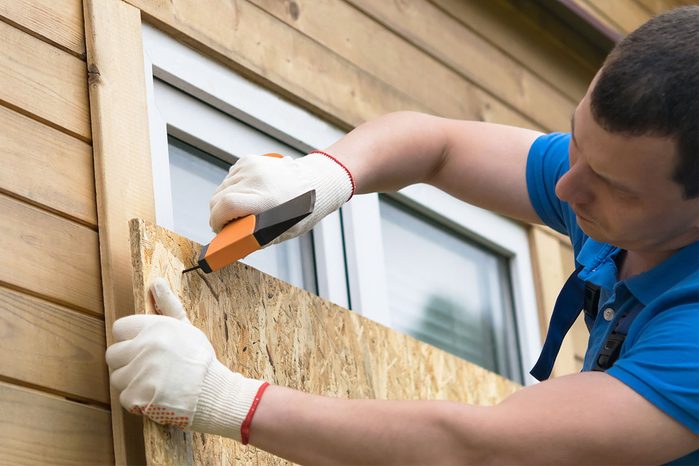
Secure Your Home
If you have received a high wind forecast from the National Weather Service (NWS) or local news, it’s time to prepare your home. Trim any tree branches on your property that could come down in a storm. Additionally, secure your gutters and close your shutters securely.
Bring any small objects that could become potential projectiles indoors and tie down larger objects outside. If it could move in high winds, do your best to strap it down before it gets swept away.
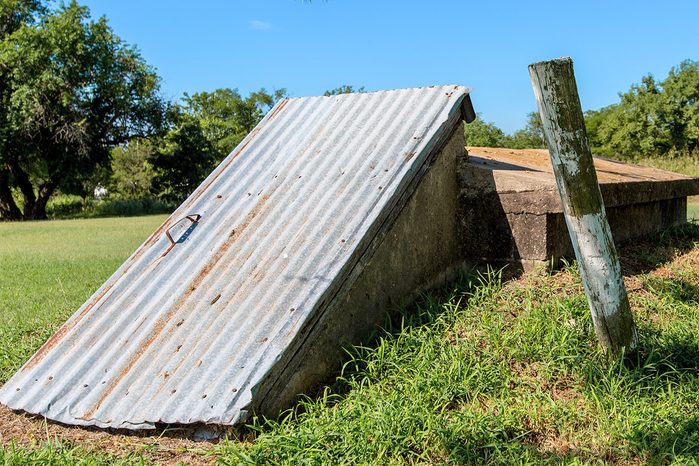
Take Cover
During the high wind event, go to your secure location, if possible. If you are already indoors, stay away from windows and doors and do not go outside. If you are outside and cannot get to your agreed-upon secure location, find a different building to go inside. I
f you can’t enter the building, stand beside it and hold onto any handrails. Stay away from roads and train tracks, as well as any trees.
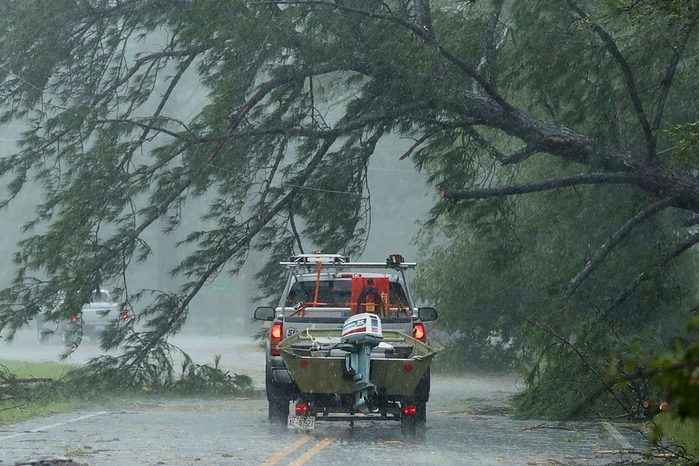
Drive Safely, or Not At All
If the conditions allow it, you can keep driving to get to safety indoors. Just make sure to go slowly and keep both hands on the wheel at all times. Be extra cautious if you are driving a truck, SUV, van or trailer, as these vehicles are more likely to be pushed or flipped over by winds.
If you cannot drive safely, pull over to an area away from the road or trees. Stay in your car, turn your emergency flashers on, and wait for the storm to subside. PS: make sure your car also has an emergency kit.
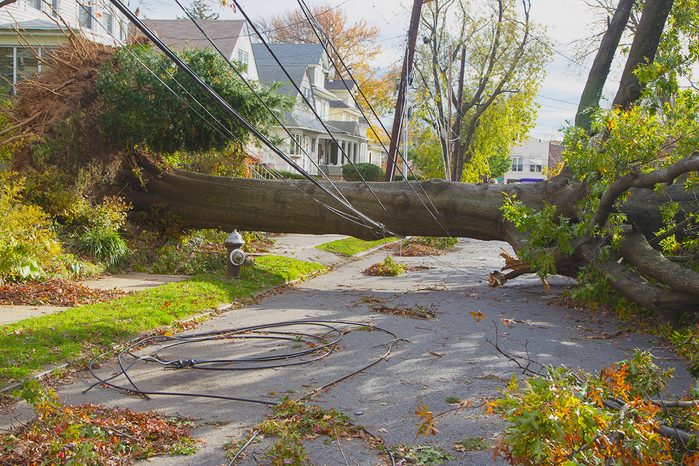
Report Downed Power Lines
If you see downed power lines, stay far away! Do not touch them or anything that might be touching them, including branches, debris, water or vehicles. Do not try to free the lines yourself. Instead, call your local utility emergency center and the police. If you encounter someone who has been electrocuted, do not touch them; call for an ambulance.
And if a power line falls on your car, stay inside. Don’t touch any part of the car’s metal frame and call for help. Alert others to the danger by rolling down your window. If your car catches fire, you will have to exit the vehicle. To do so safely, open the door then jump—don’t step!—out. Make sure you don’t touch the metal exterior as you go. Be sure to check out these 18 other things you should never do in severe weather.
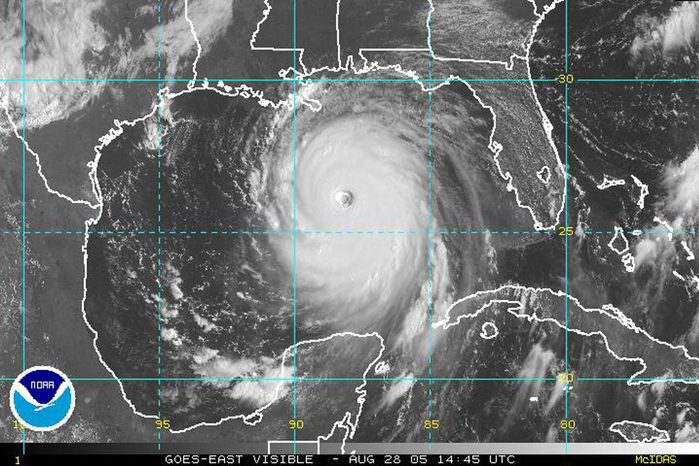
Stay Tuned
Lastly, keep as apprised of the situation as you can. Follow the forecasts and bulletins from the National Weather Service (NWS) online or on local television. You can also tune into NOAA Weather Radio or try any of these weather apps. Stay safe out there!





















